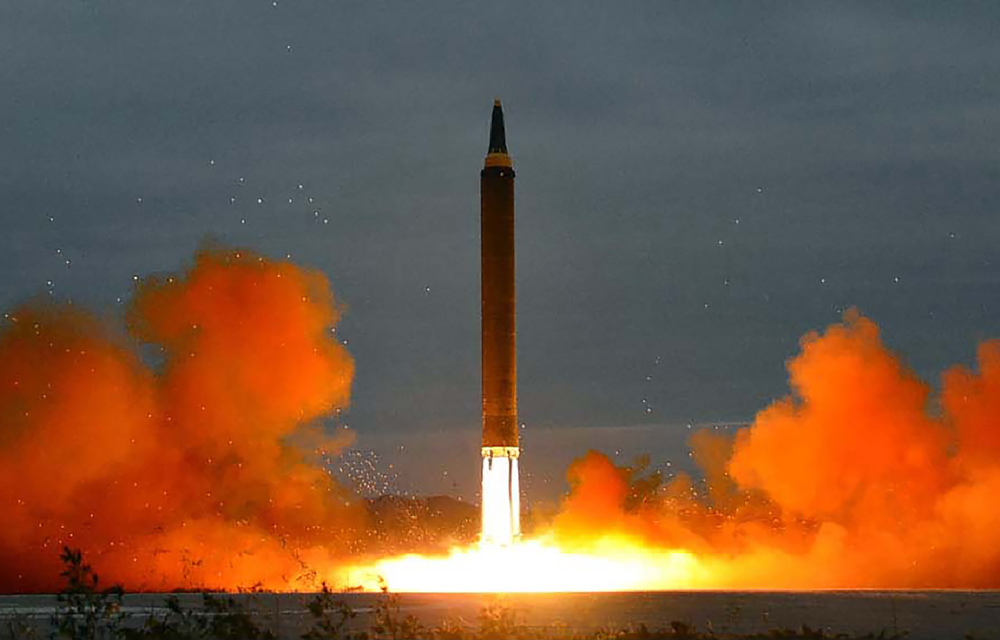In this mailing:
- Denis MacEoin: Britain's Grooming Gangs: Part 2
- Debalina Ghoshal: North Korea's Toxic Space Program
by Denis MacEoin • October 22, 2018 at 5:00 am
As often cruelty to women happens not only behind closed doors, but in the public square, we can only guess how this display affects both women and men. Sons see how their mothers are treated; this too doubtless informs their behaviour.
It is important not to assume that the members of British grooming gangs consider themselves jihadis entitled to capture non-Muslim girls. They do not even appear at all pious. But knowledge of such practices is likely to have some impact on Muslims coming from countries where some form of slavery or indentured servitude still exists.
Sadly, in the case of Britain's grooming gangs, religious ideology does not play a role in forbidding child sexual grooming. It is important to examine just how crucial a factor this seems to have been in community silence about them.

In the West, women's dress, behaviour, and rights to autonomy have been freed from religious control only in the 20th and 21st centuries, with the rise of the suffragettes, feminism and the availability of safe contraception. Pictured: Suffragettes on way to Boston, sometime between 1910 and 1915. (Image source: George Grantham Bain Collection, Library of Congress)
Men, after a certain age -- as nature seems to have intended to preserve the human race -- are often sexually attracted to women. Women, similarly, are often sexually attracted to men, even if many cultures try to keep that proclivity a closely-guarded secret.
Different cultures handle human sexuality in different ways, presumably to avoid the potential social disruption it could create. This control has traditionally been affected by religious doctrines, laws, and patriarchal priests, ministers, rabbis, muftis and other clergy. In the West, women's dress, behaviour, and rights to autonomy have been freed from religious control only in the 20th and 21st centuries, with the rise of the suffragettes, feminism and the availability of safe contraception.
by Debalina Ghoshal • October 22, 2018 at 4:00 am
"Even though the US and its allies try to block our space development, our aerospace scientists will conquer space." — Hyon Kwang-il, director of the scientific research department of North Korea's National Aerospace Development Administration.
Such statements made all the more chilling North Korea's 2016 launch of the Unha-3 rocket, with the capability of carrying satellites into space, its July 4 and July 28, 2017 test-launches of the Hwasong-14 ICBM and its November 28, 2017 test-launch of the Hwasong-15 ICBM, which reportedly has a maximum range that would allow it to hit anywhere in the United States.
If North Korea were able to develop the capability to damage or destroy US satellites in Low Earth Orbit (LEO), it would be a major achievement for the country and pose a debilitating threat to space security.

The November 28, 2017 test-launch of North Korea's Hwasong-15 intercontinental ballistic missile. (Image source: Korean Central News Agency)
Although North Korea, like other countries, claims that its space program is for civilian, rather than military, purposes, there is good reason to suspect that this is not quite what is going on, and that its government will simply use these capabilities to continue developing intercontinental ballistic missiles (ICBMs) capable of carrying nuclear warheads, to continue threatening global security. North Korea, like other countries, is probably planning to use its space program to militarize and weaponize the realm of space itself.
|
|
|



No comments:
Post a Comment